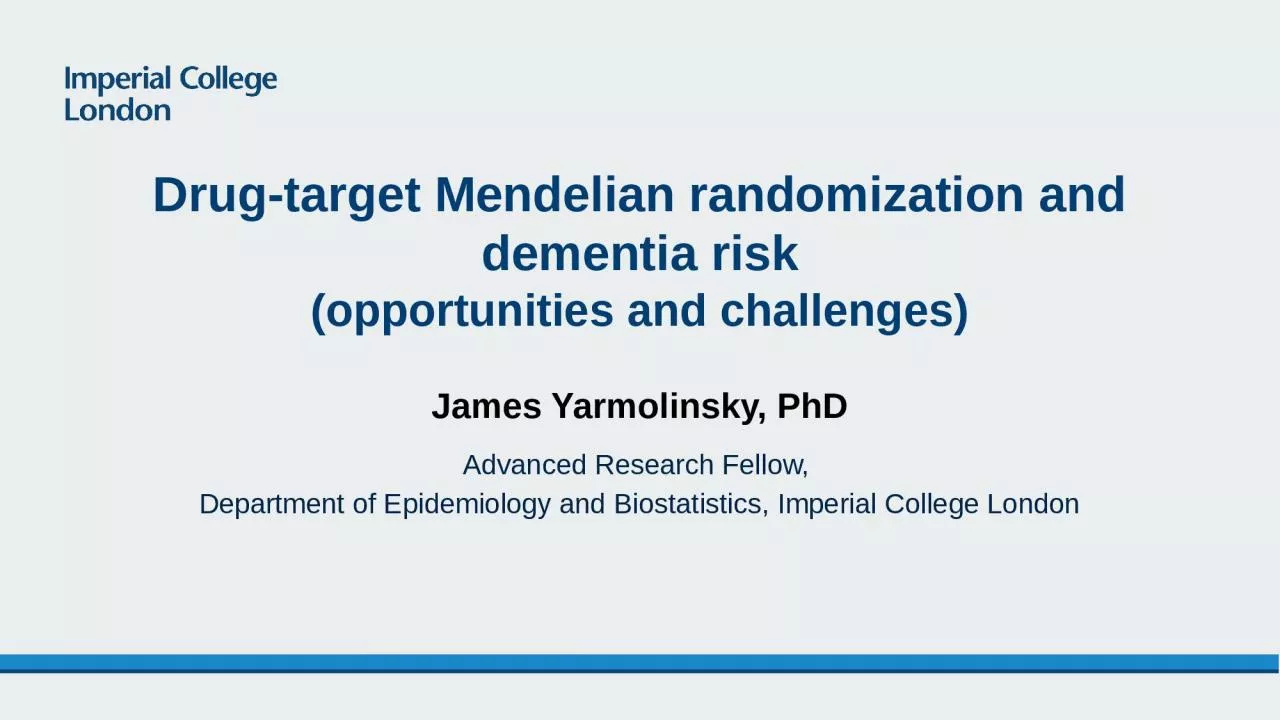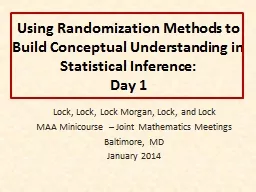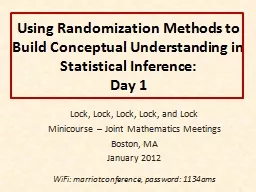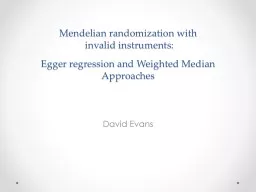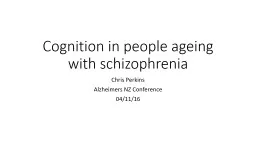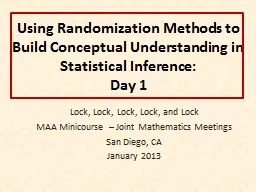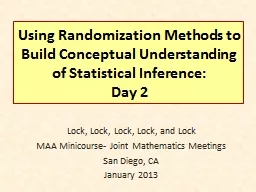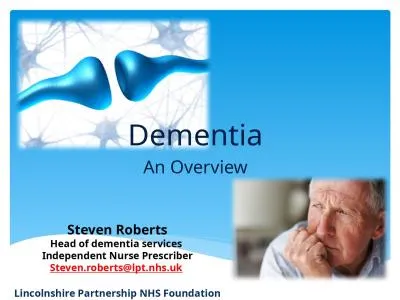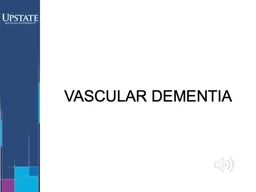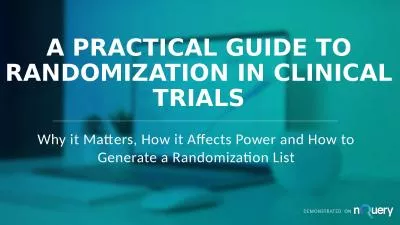PPT-James Yarmolinsky, PhD Drug-target Mendelian randomization and dementia risk
Author : emery | Published Date : 2024-02-09
opportunities and challenges Advanced Research Fellow Department of Epidemiology and Biostatistics Imperial College London Conventional pharmacoepidemiological
Presentation Embed Code
Download Presentation
Download Presentation The PPT/PDF document "James Yarmolinsky, PhD Drug-target Mende..." is the property of its rightful owner. Permission is granted to download and print the materials on this website for personal, non-commercial use only, and to display it on your personal computer provided you do not modify the materials and that you retain all copyright notices contained in the materials. By downloading content from our website, you accept the terms of this agreement.
James Yarmolinsky, PhD Drug-target Mendelian randomization and dementia risk: Transcript
Download Rules Of Document
"James Yarmolinsky, PhD Drug-target Mendelian randomization and dementia risk"The content belongs to its owner. You may download and print it for personal use, without modification, and keep all copyright notices. By downloading, you agree to these terms.
Related Documents

